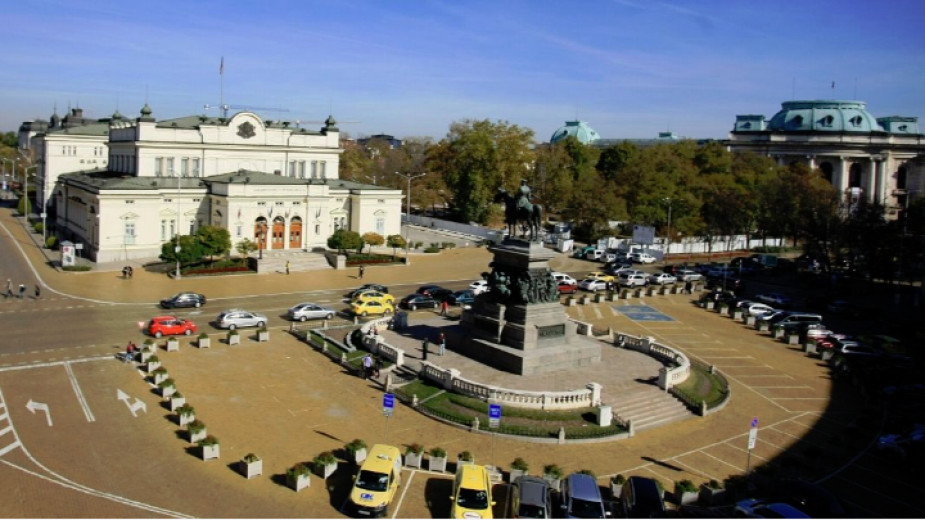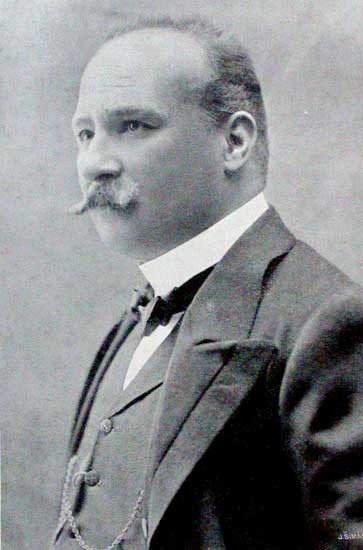 4
4
The idea for building in Sofia a monument symbolizing the gratefulness of the Bulgarian people towards Liberator King Alexander II and towards Russia in general, springs up immediately after the Liberation from Ottoman Rule in 1878. The historic situation in that period, however did not allow undertaking such activities.
After the 500 years of Ottoman rule, ensuing events were mainly related to the restoration of Bulgarian statehood. The newly inaugurate Principality of Bulgaria faces the tasks of forming state institutions and organizing the Constituent Assembly of 1879 for working out the basic law of the country – the Constitution. The architectural urbanization of the capital Sofia was also on the agenda. The times were also characterized by the efforts for bringing back together the unjustly split territory of Bulgaria, according to the Berlin Treaty of 1878 (into Principality of Bulgaria and Eastern Rumelia). After the Unification in 1885 Bulgarian-Russian relations deteriorated, while during the rule of Prime Minister Stefan Stambolov (1854-1895) they were severed for a period of 10 years. In the context of these events, the putting up of such a monument was not quite in vein with the anticipated feeling of emancipation from the liberator-country.
It was not before the second half of the 1890s that Knyaz Ferdinand took up a course of reconciliation with Petersburg, realizing that anti-Russian policy was not beneficial for the state. “That line made possible to launch and put through the idea for building a monument to the Liberator King Alexander II of Russia”, says D-r Mihail Simov from National History Museum, Sofia.

 The International Jury approved of the ideas of sculptor Arnoldo Zocchi from Florence.
The International Jury approved of the ideas of sculptor Arnoldo Zocchi from Florence.
Some of the other projects were much superior to that of Zocchi in size and imagination, but the jury was impressed by the way an Italian sculptor had succeeded in grasping the spirit of events, which he rendered with special dynamism. Furthermore, that project of a monument was in harmony with the currently elaborated architectural and artistic style of the central part of the capital city.”
The height of the monument, rising in front of the National Assembly building, is 12 meters. The major figure is that Russian Emperor Alexander II on horseback, holding in his right hand the Manifesto for proclaiming open the Russo-Turkish War. On the northern side of the surrounding composition is the figure of Greek goddess of victory – Nike, followed by the leading personalities in the war: General Gurko – commander of the avant-garde, under whose command the Bulgarian Voluntary Corps was placed; General Skobelev, commander of the Caucasian Kazak brigade; Count Ignatiev – statesman and diplomat. Behind them are walking the Bulgarian Voluntary troops. On the southern side of the monument the author has depicted the Bulgarian people, who are helping the Russian liberation army. On the lowest sides of the composition spread three bas-reliefs depicting the Battle at Stara Zagora (1877), the signing of the San Stefano Peace Treaty (March 3, 1878) and the opening of Constituent Assembly in Tarnovo (February 10, 1879).

“For more than a century the monument continues to be one of the symbols of the capital city, outliving the changes of different political regimes”, D-r Simov further explains. “Despite the fact that in latter years we have been witnessing the profanation of some monuments, the respect in view of the events related to the Liberation from Ottoman rule, hence the respect for the personality of Alexander II, has kept this special monument intact. In 2013 the monument composition underwent a total renovation, restoration and cleaning. According to a large part of Bulgarians, the memorial in honor of the Liberator King remains one of the most beautiful monuments in Sofia.”
English: Iva Letnikova
Photos: BGNES, Svetlana Dimitrova and archive
152 years after Bulgaria lost its beloved son and advocate for a free, independent and tolerant state – Vasil Levski, his personality continues to excite and inspire Bulgarians from all generations. Scholars continue to study the work of the Apostle..
Vasil Levski is a Bulgarian revolutionary and national hero who fought for the Liberation of Bulgaria from the Ottoman Empire. He is an ideologist, founder and organizer of the Internal Revolutionary Organization, for which grateful..
Bulgarian Patriarch Daniil will celebrate the first liturgy in London for the consecration of the new church of the Bulgarian Orthodox community in the British capital - the church of Saint Ivan Rilski. T he church is part of the Bulgarian Embassy..
The Zograf Monastery on Mount Athos has a new abbot. Hieromonk Gavriil has been elected as the new abbot of the monastery, reported the website of the..

+359 2 9336 661
